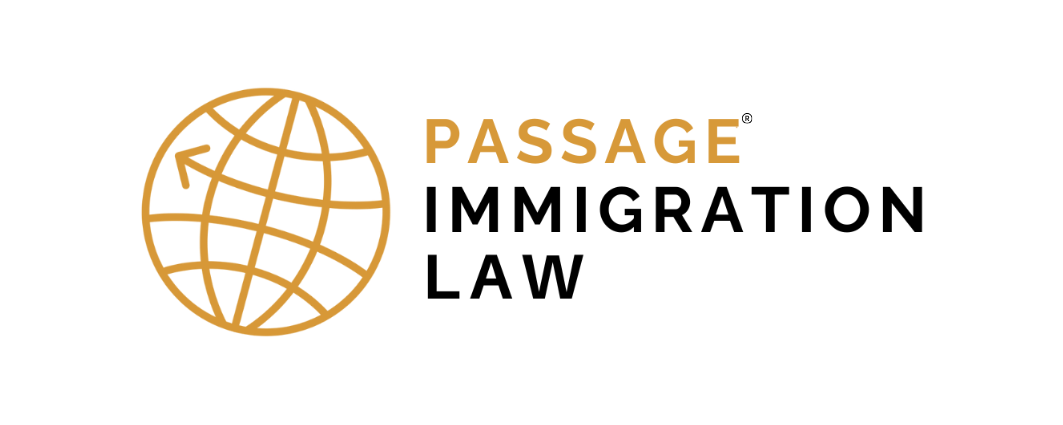What is an E-1/E-2 Visa?
E-1 and E-2 visasare designed for nationals of countries with which the U.S. maintains a treaty of commerce and navigation (often referred to as “treaty countries”). These visas facilitate individuals coming to the U.S. to engage in substantial international trade (E-1) or to invest in and manage a U.S. business (E-2), including as employees of such qualifying businesses. E-1 visas are specifically for treaty traders and their employees, whereas E-2 visas cater to treaty investors and employees. The U.S. Department of State provides a complete list of e-2 visa treaty countries and e1 visa countries on its website, essential for applicants from e2 countries and e-treaty countries to verify their eligibility for these investor visa USA pathways before applying.
How Can I Qualify for an E-1/E-2 Visa?
To qualify for an E-1 visa, it’s imperative to demonstrate that your business engages in principal trade primarily between the U.S. and your home country, accounting for over 50% of the business’s total international trade volume. This trade must be continuous, involving a sequence of sizable transactions over time. Eligibility extends to employees of organizations that engage in such trades or to bring over your employees, provided the business owners maintain their treaty trader status. Employees eligible for E-1 status must occupy executive or supervisory roles or possess specialized skills critical to the business’s operations.

For an E-2 visa, the requirement is an investment of substantial capital in a real, active U.S. business—at least $100,000 minimum, though often significantly more, making it a considerable e2 visa investment. This business must be at least 50% owned by nationals of the treaty country. The investment should be your funds, placed “at risk” to signify a genuine commitment to the business’s success. Loans secured against the assets of the E-2 business are not deemed acceptable for this investment. E-2 visa eligibility also extends to employees of the investment enterprise, given they share the nationality of the E-2 investor and are engaged in roles that are either executive/supervisory or involve essential skills.
Applying for either visa involves understanding the nuanced difference between e1 and e2 visa requirements, including e2 visa cost, how long is e2 visa valid, and navigating the e2 visa process with thoroughness. Whether seeking an E-1 visa to green card pathway or exploring E-2 treaty investor visa opportunities, engaging with the intricate e-2 visa requirements and leveraging professional guidance can significantly impact the application’s success.
How Do I Apply for an E-1/E-2 Visa?
For those in the e2 treaty countries or e treaty countries, applying for an E-1 or E-2 visa entails specific steps. If you’re currently within the U.S., initiate your application by filing Form I-129 with USCIS to request a change in visa status. Applicants outside the U.S., particularly from e2 visa countries or e-1 visa countries, should apply directly at a U.S. embassy or consulate. Approval by USCIS for E-1/E-2 visa holders seeking to change their status within the U.S. does not exempt them from needing a visa stamp for re-entry if they travel abroad; a subsequent application at a U.S. embassy or consulate is necessary. For E visa holders planning international travel, applying at a U.S. embassy/consulate in your home country, identified within the e-2 visa treaty countries or e-2 visa treaty countries, might be more efficient, even if you are already in the U.S. Yet, be aware that some consular posts stringently evaluate E visa eligibility, scrutinizing business viability, investment amount, fund sources, qualifications, experience, and intent to depart the U.S. post-visa expiration.
How Long Can I Stay in the U.S. with an E-1/E-2 Visa?
E-1 and E-2 visas, available to nationals from e-2 countries and facilitating investor visa USA e-2 pathways, authorize up to two years of U.S. stay per issuance. Post-initial stay, extensions can be sought in two-year increments indefinitely, with no cap on the number of times an extension can be applied for. However, to continue qualifying, your business must remain viable and adhere to all e-2 visa requirements. It’s crucial to note that E-1/E-2 visas do not support “dual intent”; hence, demonstrating an intention to depart the U.S. upon visa expiry is essential. Applications for permanent residency may impact the likelihood of securing an E-1/E-2 visa extension.
In proceeding with the e2 visa process, including understanding the e2 visa cost, how to apply for an e2 visa, e-2 visa processing time, and discerning the difference between an e1 and an e2 visa, it’s beneficial to consult with an experienced immigration attorney. This professional guidance is invaluable in addressing e2 visa requirements, e2 visa duration, and potential e-2 visa travel restrictions, ensuring a smooth application process for those from e2 visa treaty countries seeking to invest and live in the U.S.
Am I Limited to Just One Company for My E-1/E-2 Visa?
E-1 and E-2 visa holders from e2 countries or those considered e-treaty countries are not confined to a single company. E-1 treaty traders or E-2 treaty investors can own and manage multiple businesses within the U.S., given these enterprises comply with the e-2 visa requirements. Employees under E-1/E-2 status aiming to switch to a different E-visa company, perhaps exploring options within e2 visa countries or e-1 visa countries, must file a Form I-129 with USCIS. This step is crucial for detailing new or concurrent employment terms. Additionally, maintaining your primary E visa status while seeking employment in another qualifying enterprise is feasible, with the expectation that such employment won’t detract from managing your principal business. This flexibility underscores the difference between the e1 and e2 visa categories, particularly regarding investment and trade.
Can I Bring My Family Members?

Family members of E-1/E-2 visa holders, including those from e2 treaty countries and beyond, are eligible for dependent visas. This includes spouses and children under 21, who need not hail from e-2 visa treaty countries themselves. They’ll receive the same E-visa category, permitting them to seek employment in the U.S. upon obtaining an Employment Authorization Document (EAD card) from USCIS. This provision, enriching the e-2 visa experience, allows dependents to engage in studies without an F-1 visa, showcasing the e-2 visa’s advantages, such as its e2 visa duration and the potential pathway from e 1 visa to a green card.
